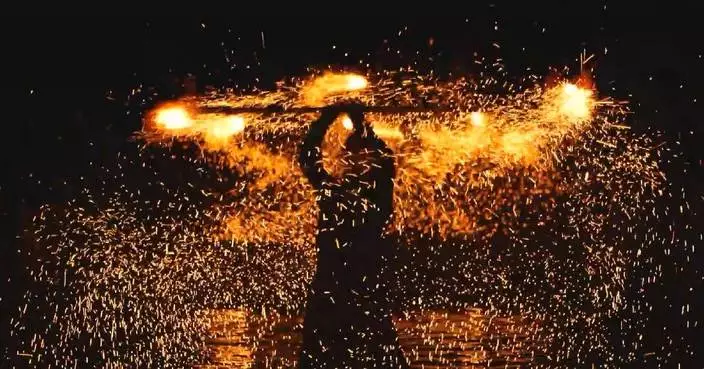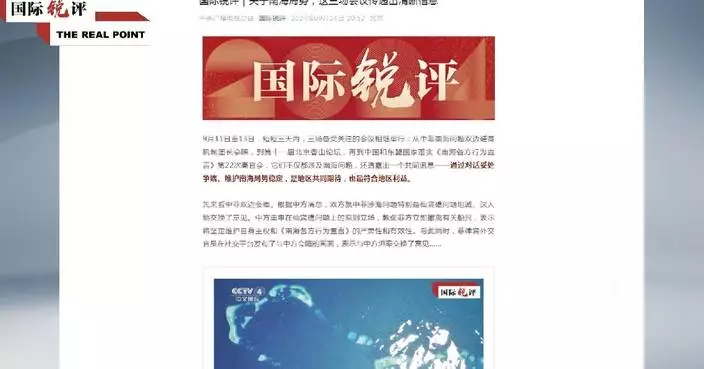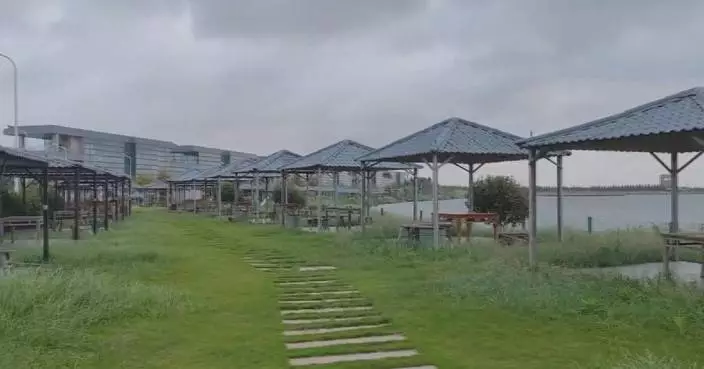The Chairman of Sudan's Sovereign Council Abdel Fattah Al-Burhan arrived in Beijing late on Tuesday to attend the 2024 Summit of the Forum on China-Africa Cooperation (FOCAC).
The FOCAC summit, set to take place from Wednesday to Friday in Beijing, will be held under the theme "Joining Hands to Advance Modernization and Build a High-Level China-Africa Community with a Shared Future."
This year marks the 65th anniversary of diplomatic relations between China and Sudan, countries who have enjoyed a long-lasting friendship and the smooth development of economic and trade ties.
China has been providing economic assistance to Sudan since 1970. In recent years, economic and trade relations between the two countries have progressed steadily, with economic and technological cooperation covering a wide range of fields, such as petroleum, geological and mineral exploration, construction, road and bridge building, agriculture, textile, health care, and education. Sudan has also actively supported and participated in the Belt and Road Initiative (BRI) proposed by China. China and Sudan have a long history of cultural exchanges. In the 1970s, the Chinese Wuhan Acrobatic Troupe helped nurture many talented acrobats in Sudan and assisted the country in establishing its own acrobatic troupe, becoming a symbol of friendship between the Chinese and Sudanese people.
The two nations signed the China-Sudan Agreement on Cooperation in Science, Technology and Culture in August 1970.
Since 1971, China has sent 37 medical teams comprising more than 1,100 medical professionals to Sudan, where they have treated about 8 million Sudanese patients and conducted over 200,000 major surgeries, according to official statistics.
Recent years have also seen the steady development of China-Sudan cooperation in the education sector, with the Chinese side receiving a number of Sudanese students on scholarships each year.
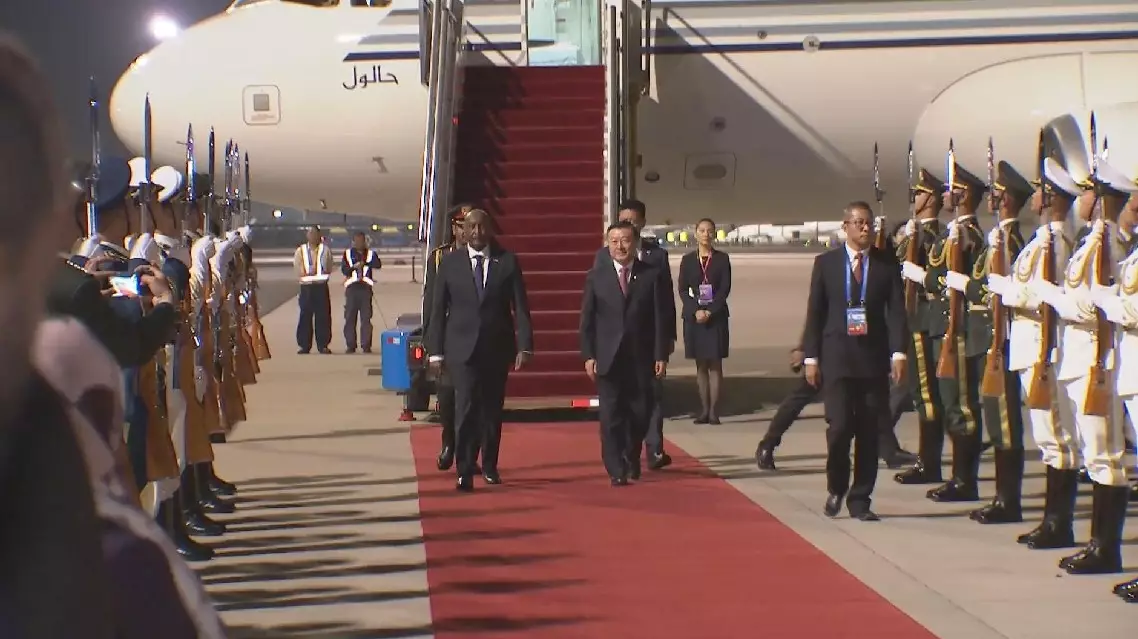
Chairman of Sudan's Sovereign Council arrives in Beijing
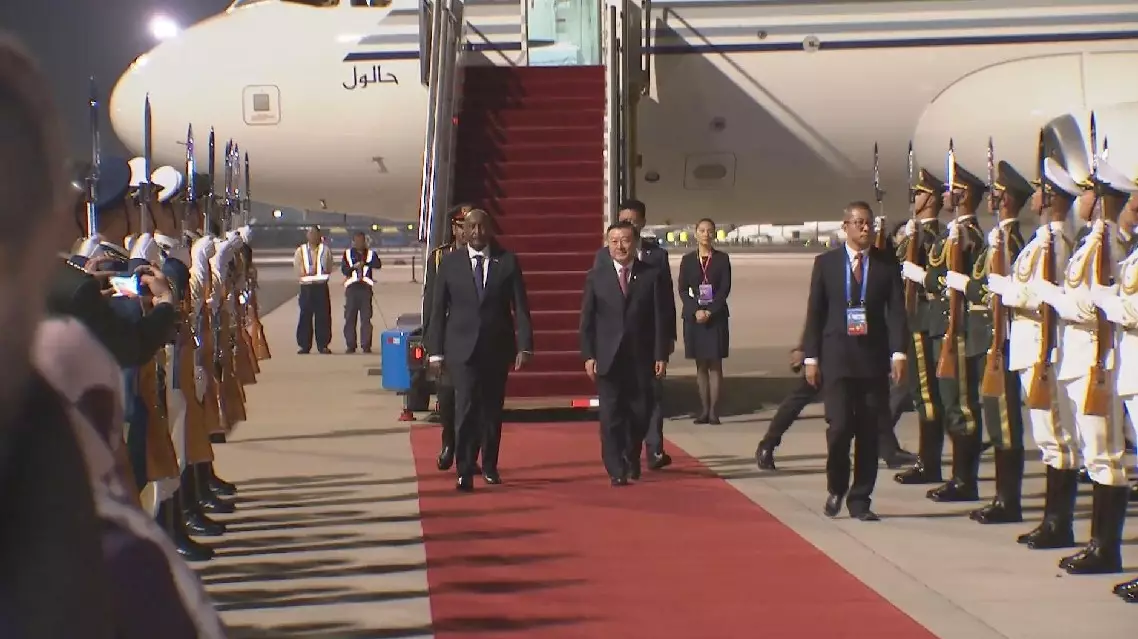
Chairman of Sudan's Sovereign Council arrives in Beijing

Chairman of Sudan's Transitional Sovereign Council arrives in Beijing
China is abuzz with vibrant celebrations as folk cultural activities, including artistic performances, local snack-making, and cultural tourism events, are being held nationwide to welcome the upcoming Mid-Autumn Festival on Tuesday.
The festival, celebrated on the 15th day of the eighth month in the Chinese lunar calendar, is a cherished occasion for family reunions.
In Taiyuan, capital of north China's Shanxi Province, the Jinci Museum has seen a surge in holiday visitors, offering an immersive experience of traditional Chinese culture through activities such as cultural performances and music shows.
"Seeing the cultural performances, and being able to wear hanfu [traditional clothing of the Han ethnic group in ancient times] during the Mid-Autumn Festival, has filled me with a strong sense of cultural confidence," said visitor Wu Yiming.
Jinci is a millennium-old temple with over 100 buildings from the Song, Yuan, Ming, and Qing dynasties (960-1911), more than 100 sculptures, and 30 ancient trees.
Meanwhile, in the renowned cultural city of Fuzhou, the capital of east China's Fujian Province, a series of events themed 'Come to Fuzhou and Receive Blessings' have been taking place in the city's ancient alleyways, showcasing the unique cultural heritage of the 'Zan' (hairpin).
This traditional art form, part of Fuzhou's intangible cultural heritage, showcases the intricate craftsmanship of hairpins, which symbolize luck and cultural heritage.
"This set of three hairpins I'm wearing weighs 330 grams and combines two elements. First, it features traditional patterns, and second, it incorporates the designs of scissors, razors, and kitchen knives, creating a unique blend of tradition and innovation. We hope that through the efforts of new generations in Fuzhou, we can open a door to this cultural heritage and share it with everyone from a fresh perspective," said Hu Lei, head of the Fuzhou Folklore Costume Team.
As the Mid-Autumn Festival approaches, Shajing Village in the Banan District of southwest China's Chongqing Municipality has hosted a lively event showcasing the local tradition of making glutinous rice cakes (ciba), a special delicacy during the festive season.
The villagers gathered early to prepare the delicacy and share it while enjoying cultural performances rich in local flavor.
Many people have also chosen to travel during the holiday to celebrate the Mid-Autumn Festival, visiting historical sites and landmarks to relax and immerse themselves in traditional Chinese culture.
The Yungang Grottoes Scenic Area in Datong City, Shanxi Province, has become a popular destination for tourists during the Mid-Autumn Festival holiday, offering personalized tours and photography sessions to appreciate the beauty of the ancient cave art.
The site has enhanced its services and activities to accommodate the diverse needs of visitors during the festive period.
Dating back 1,500 years to the Northern Wei Dynasty (386-535), the Yungang Grottoes boast 45 major caves and more than 59,000 statues. In 2001, they were inscribed on the UNESCO World Cultural Heritage list.
In Xihuilijia Village, Jinxian County in east China's Jiangxi Province, the annual tradition of burning brick towers to celebrate the Mid-Autumn Festival took place on Friday, as villagers and tourists came together to welcome the joyous occasion.
The ancient village’s unique tradition of setting ablaze towering structures symbolizes hope for a bright future and a prosperous life.
At 20:00, three imposing five-meter fire towers, each built from 3,000 red bricks, dominated the village square. Villagers ignited the structures with dried mugwort, followed by larger pieces of wood, creating a fiery spectacle.
As the flames died down, villagers stirred the embers with long poles, sending sparks dancing in the wind, captivating tourists eager to witness this unique tradition.
The tradition of burning brick towers during the Mid-Autumn Festival has been passed down through generations in the village, with a history spanning over 600 years.
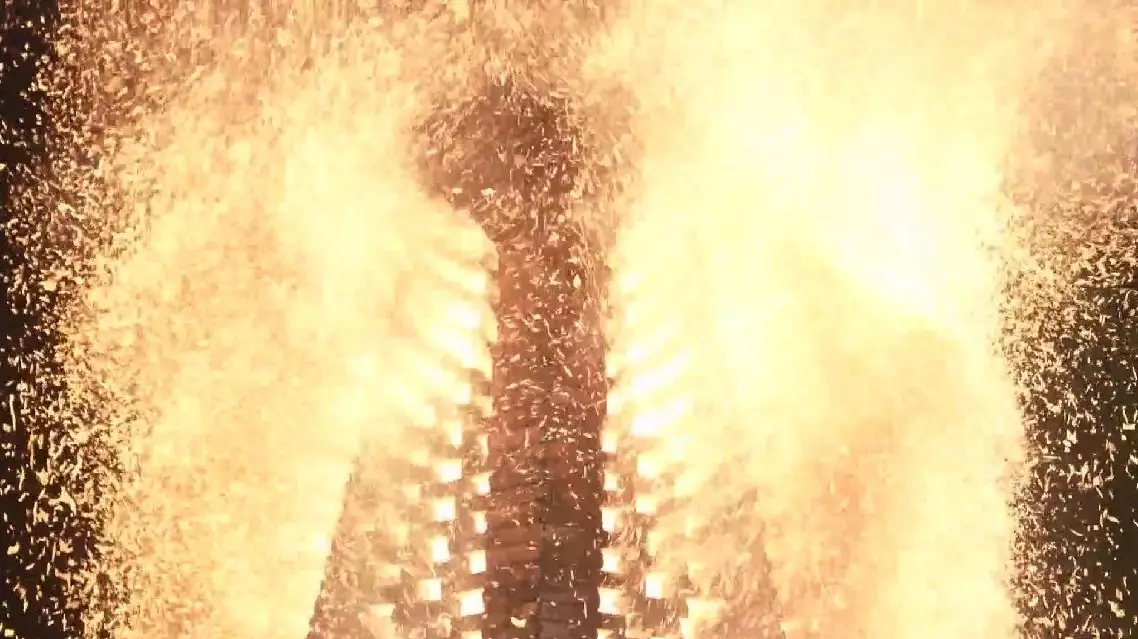
China celebrates Mid-Autumn Festival with vibrant folk culture activities






